AFL chief executive Gillon McLachlan and Tasmanian premier Jeremy Rockliff address local media last Friday.
When AFL CEO Gillon McLachlan visited Hobart last Friday, perhaps he should have ditched his suit for more casual attire.
At a packed Hobart Town Hall meeting two days earlier, Tasmanian Greens leader Cassy O’Connor described McLachlan “swaggering” into town, characterising him as one of those “white skinned blokes in suits telling us how it will be – and it’s all about money, greed and power”. For such men, she said, “a sense of connection to place means nothing”.
Speakers at the meeting were opposed to a stadium proposed by the AFL for the city’s premier development site.
However, Premier Jeremy Rockliff (more wisely wearing a “Tasmanian” T-shirt for photo opps with McLachlan) says the state will contribute half of the $750 million needed to build the stadium. No other investors have yet revealed themselves (though the Federal Government will be approached) and many believe the cost of the build has been significantly underestimated.
Macquarie Point, or Mac Point, is 9.3 hectares of land which has already received millions of dollars from state and federal governments for development of a masterplan for the site and for remediation works to address environmental pollution caused by former industrial uses.
Best known to some visitors to Hobart as home to Dark Park (Dark Mofo’s industrial public art playground), Mac Point is at a gateway to the city, overlooking the Derwent River. At the Town Hall meeting, Professor Greg Lehman, University of Tasmania’s Pro Vice Chancellor Aboriginal Leadership, explained that the Aboriginal name for Hobart, nipaluna, initially came from the muwinina name for Mac Point.
Lehman has worked with the Museum of Old and New Art (MONA) to develop a Truth and Reconciliation Art Park for Mac Point. Though Jeremy Rockliff says it can co-exist with a stadium, Lehman fears the Truth and Reconciliation Art Park will end up being “the front lawn for a sports ground”.
A Mac Point Masterplan was agreed and legislated after nearly a decade of consultation. It envisioned a mixed use site, where private housing, retailers, an Antarctic and science precinct, public spaces for arts and cultural events and the Truth and Reconciliation Art Park would be co-located close to a working port.
But after McLachlan toured potential stadium sites last year, the Tasmanian Premier suddenly announced that Mac Point would be the place for a stadium, contingent upon the state receiving a licence for an AFL team. On Friday, McLachlan made it abundantly clear that a Tasmanian team would only be green-lit when there’s a deal to build a Mac Point stadium. No wonder Hobartians are outraged.
Booker Prize-winning author Richard Flanagan comes from what he describes as “a proud footy family” that includes his brother Martin, a well-known journalist (and occasional contributor to Footyology).
PLEASE HELP US CONTINUE TO THRIVE BY BECOMING AN OFFICIAL FOOTYOLOGY PATRON. JUST CLICK THIS LINK.
Like many Tasmanians, Richard Flanagan is very much in favour of a Tasmanian AFL team, but is equally opposed to the stadium. Hobart, he says, is in urgent need of homes for the homeless, a better hospital, improved literacy, public transport and adequate pay for public sector workers before the Tasmanian Government writes a “blank cheque for a bad idea at the wrong time.” The stadium decision is, he says, “obscene and immoral”.
Flanagan was not the only speaker to point out that Hobartians have form when it comes to defending their town, and their state.
The crowd at the town hall last week included many who’ve been involved in campaigns past and present, veterans of successful actions to stop the damming of the Franklin, the Gunns pulp mill, and, more recently, a cable car that threatened to scar kunanyi/Mount Wellington. Some are now involved in campaigns against the takeover of state waters by an expanding and overseas-owned salmon industry, and against the University of Tasmania’s proposal to redevelop its Sandy Bay campus for residential use.
These people are not simply naysayers, or as Rockliff describes them, “people that will always say ‘no’ to major projects and to change”. But they don’t like outsiders telling them what to do.
They want the Tasmanian Government to get its priorities in order. They want First Nations people to be consulted about the future of a place that has meaning for them. They want buildings of appropriate scale for their small and beautiful city, not structures that brutally disrupt vistas of the mountain, the river and Hobart’s surrounds.
Andrew Wilkie, Independent MHR for Clark, says he believes both the Prime Minister, Anthony Albanese, and Minister for Infrastructure, Transport, Regional Development and Local Government, Catherine King, understand the strength of feeling in Hobart about a stadium the Federal Government will be asked to support.
Labor Senator Carol Brown, Assistant Minister for Infrastructure, said on Friday: “I don’t believe that the awarding of a Tasmanian football team should be contingent on a brand new stadium.” State Labor, too, is opposed to the use of taxpayers’ money for stadium construction.
Also critical of the stadium proposal is Liberal Senator Jonno Duniam, who says: “Taxpayers should not be footing the bill for a stadium to get an AFL team.” He said Tasmania deserved a team, but it was unfair to ask Tasmanians to pay for it.
With such forces lining up against the stadium proposal, it’s tempting to think of it as a Machiavellian plot to ensure that Tasmania, a foundation AFL state, never gets its own team.
Why else would a stadium at Mac Point be announced without prior community consultation? And why else would the AFL have failed to smooth political pathways toward acceptance of its proposal?
If such discussions were deliberately rejected as unnecessary by the AFL then Cassy O’Connor is right — the AFL simply wants to tell Tasmanians how it will be. If the failure to consult is an oversight, it’s one that speaks volumes about the AFL’s way of doing business. It’s an approach not fit for purpose in any inclusive society.

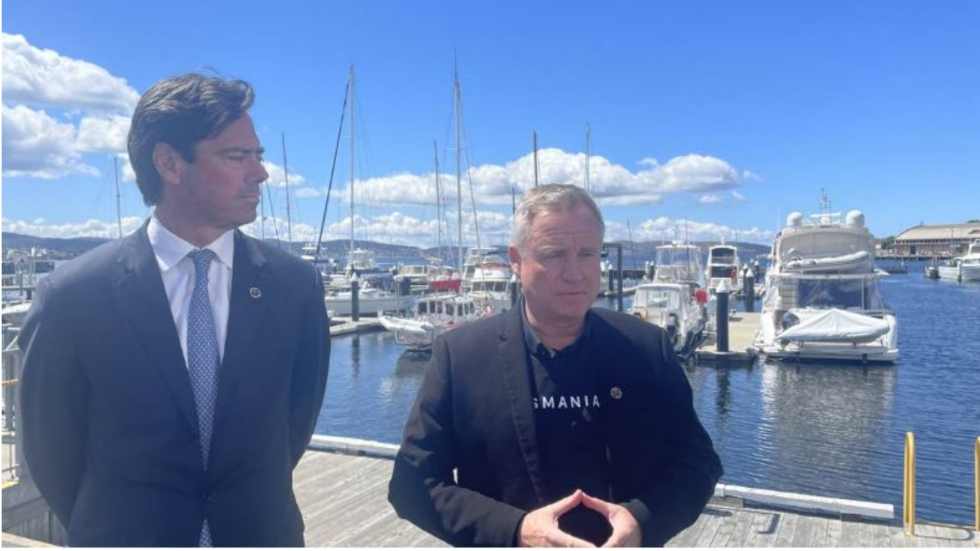
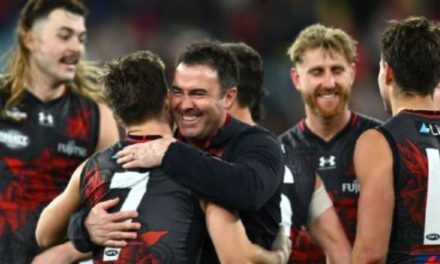
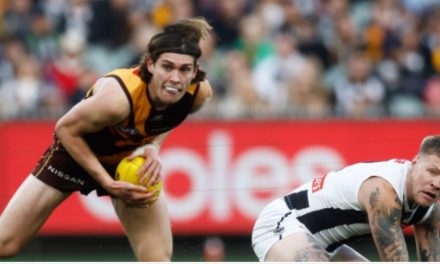
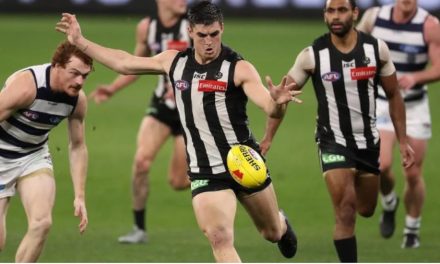
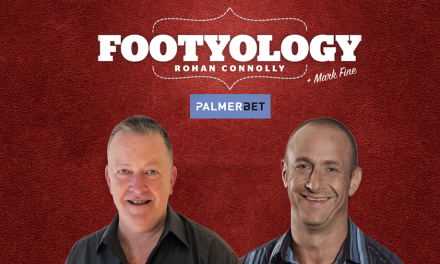






Typical Hobart left wing socialist flogs all talk no action can’t even allow a cable car up Mt Wellington but happy to have cars drive up there. Hypocrisy at the upmost down there in your socialist bubble
Hi Patrick, you might want to look up what socialism actually is. What it’s NOT, as you appear to believe, is anything vaguely to the left of Genghis Khan. Also, do you people of your political persuasion ever speak in anything but Sky News-type generated cliches? I mean, “left wing socialist flogs” … how old are you pal, 16?
Well said Sharon. I lived and coached in Hobart for 4 years and the locals don’t like mainlanders telling them what to do. Having a caveat hanging over a Tassie AFL team like a new stadium is utterly ridiculous. There are two perfectly fine grounds that could be filled to the brim for every game and create so much excitement right now without any extra costs. The other insane argument I’ve heard from the polo player and Eddie McGuire is the need for a stadium with a roof. Ballarat is colder than Hobart and they play there! The whole exercise is pure AFL and it stinks of arrogance and self interest yet again. Kind regards Ian
Thanks for your comments Ian. The roof idea is perplexing given that Hobart actually has relatively low rainfall compared to other capitals. If the past year’s weather is anything to go by, the SCG might need a roof well before any Hobart stadium!…But you’re right, there are already two decent stadiums at which a Tassie team might make its home, and no need for a new one on Hobart’s most important development site.